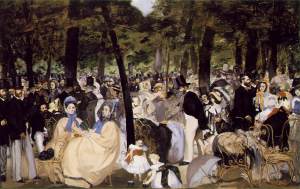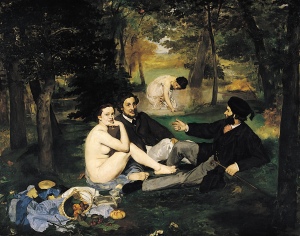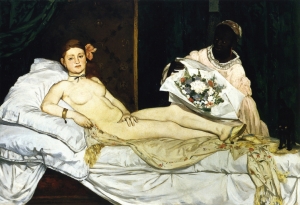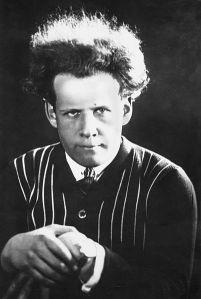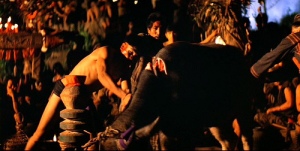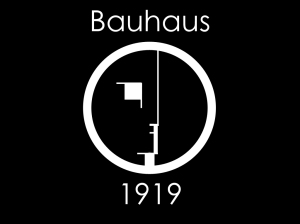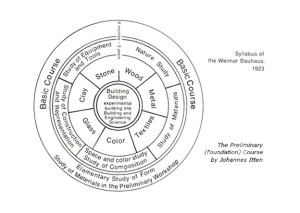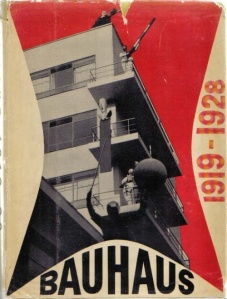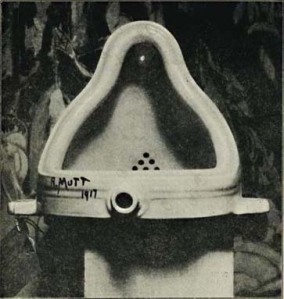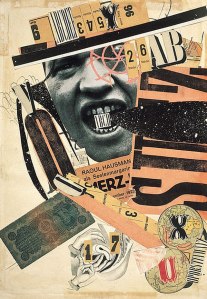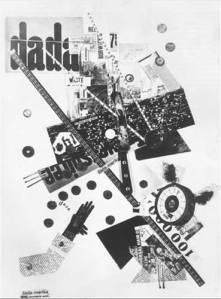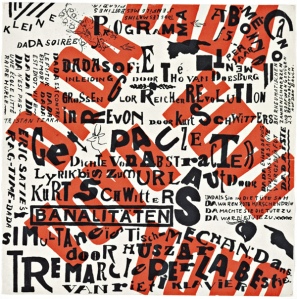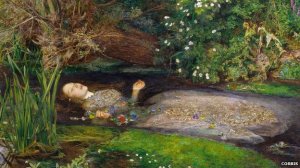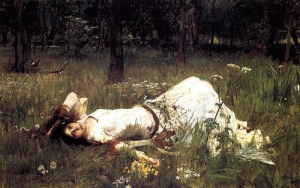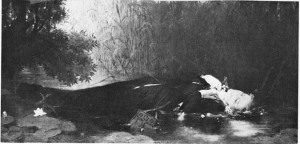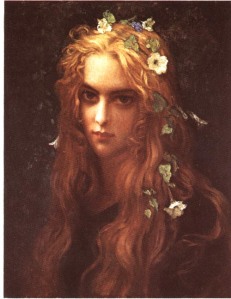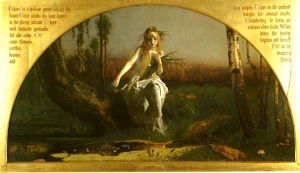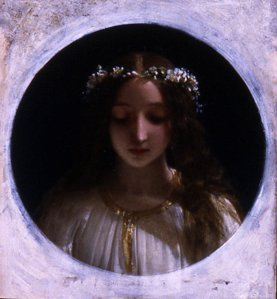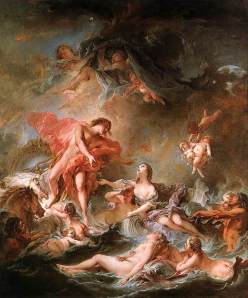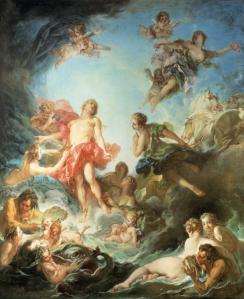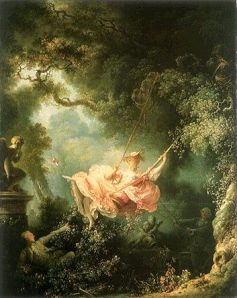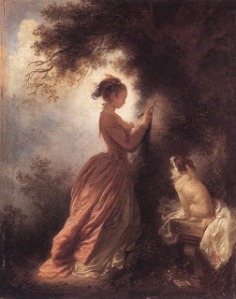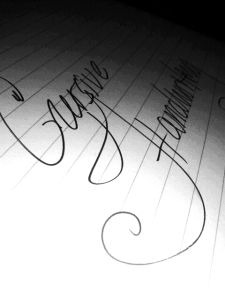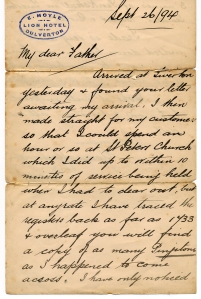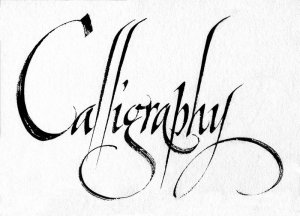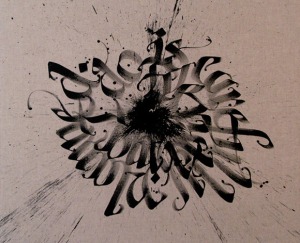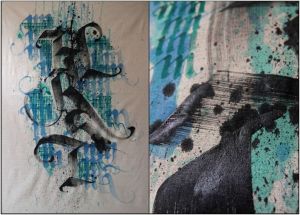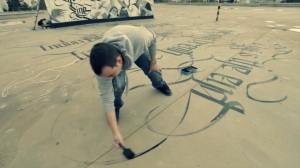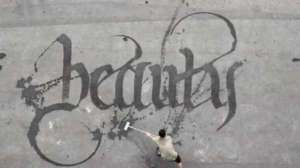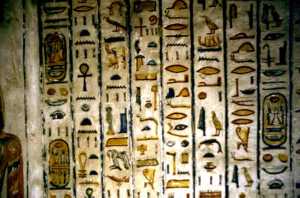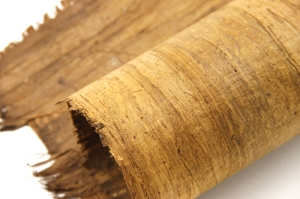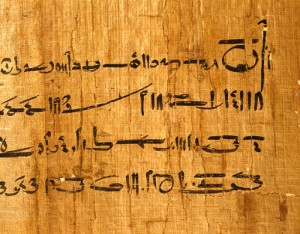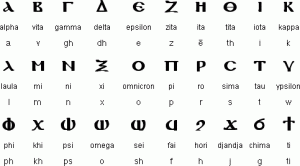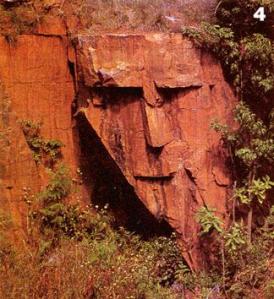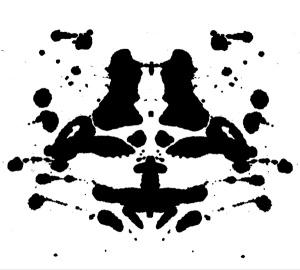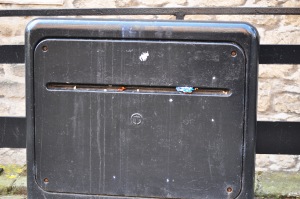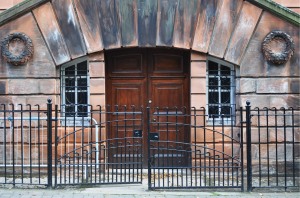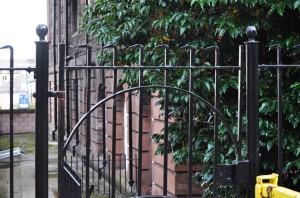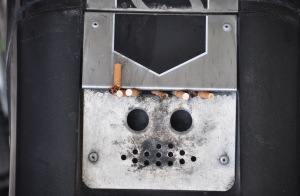Despite visiting London’s National Gallery a few times already, not so long ago I found myself yet again walking through its enchanting rooms. From Botticelli, through Leonardo and Michelangelo to Rembrandt and Turner, every painting continued to be a unique experience, carrying a message of its own. I remembered my first visit a few years back when all I did was look in awe; this time, however, with some historical background at hand, I realized I was paying attention to every little detail, acknowledging the different artistic styles and movements. Maybe that was why one particular painting, which I would have neglected otherwise, made me look closer this time. It was Edouard Manet’s “Music in the Tuileries Gardens”, 1862, oil on canvas. Nothing spectacular at first glance for someone without any experience or knowledge, it shows a large crowd of people gathered to hear a band play. What was it then that made it so special?
The innovative style, one that would later make people refer to Manet as a pioneer of the Impressionist movement, is definitely a major reason for appraisal. However, it is also his use of realistic and modern themes that is so highly acclaimed today but was found ‘vulgar’ by his contemporaries. Going back to the mid-19th century, the art scene was still heavily influenced by the emotionally-driven Romanticism. Manet opposed this through the choice of his subjects and their depiction, painting various aspects of modern life like fashion and customs. This is evident in “Music in the Tuileries”, which even includes some of Manet’s famous contemporaries, such as Baudelaire and Offenbach.
His “Music” was to be followed by the famous “Luncheon on the grass” and “Olympia” in 1863. The former was banned from being exhibited at the French Salon due to its use of nudity and modern themes, but fortunately “Olympia”, although no less controversial, got accepted in 1865. As they eventually won the public’s approval, Manet’s paintings gradually contributed towards the emergence of a new movement, which was to heavily influence art and its future development.
J.R.Taylor, Impressionism, 1981, Hennerwood Publications Limited
